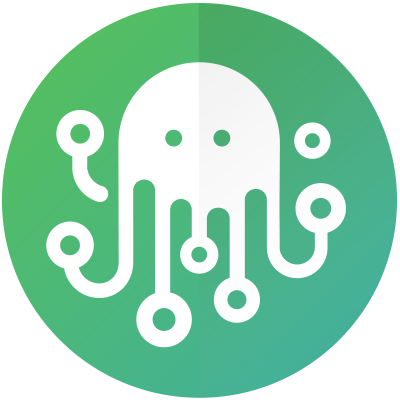Dynatrace
Supported Versions
Please note that using a supported version is mandatory.
Product | Supported Deployment Types | Supported Versions |
|---|---|---|
Dynatrace | Managed, SaaS | All |
Environmental Prerequisites
Confirm the prerequisites of the corresponding integration template before continuing further, as some templates may not require all environmental prerequisites.
How to generate an API Token in Dynatrace?
Log in to your instance.
Go to Settings → Integration → Dynatrace API and click the Generate Token button and configure the below options:
Display Name → Input a display name for your token.
Permissions → Enable the below permissions:
API v1 → Enable the
Access problem and event feed, metrics, and topologypermission.API v2 → Enable the
Read entities,Read metrics, andRead problemspermissions.
Click the Generate button and copy the generated token to the clipboard. Store the token in a password manager for future use.
You can only access your token once upon creation. You can't reveal it afterward.
How to create a Webhook Problem Notification in Dynatrace?
Log in to your instance.
Go to Settings → Integration → Problem Notifications and click the Add Notification button.
Select Custom Integration from the available notification types and configure the custom webhook as shown below:
Display Name → This is the freeform name of this integration that will be displayed in Dynatrace on Settings → Integration → Problem Notifications when you finish this configuration.
Webhook URL → This is the target URL of the ZigiOps listener of the “Receive Problems” action to which Dynatrace will push the problem data. For example,
http://zigiops.example.com:9094/listener/dynatracesaas/problem.It is mandatory to enable the Accept any SSL certificate (Self-signed or invalid) option if the ZigiOps listener is set to use the HTTPS protocol.
Custom Payload → Once a problem is detected or resolved, this payload is pushed through an HTTP POST request to the ZigiOps listener. It's mandatory to use the code below.
- JSON
{ "problem_title": "{ProblemTitle}", "problem_details": "{ProblemDetailsText}", "status": "{State}", "severitylevel": "{ProblemSeverity}", "impactlevel": "{ProblemImpact}", "rankedimpacts": {ImpactedEntities}, "tagsofaffectedentities": "{Tags}", "problem_url": "{ProblemURL}", "id": "{PID}" }
Enable the “Receive Problems” action in ZigiOps and click the Send Test Notification button.
Click the Save button.
Connected System Configuration
Follow the steps below to add your instance as a connected system.
Log into your ZigiOps instance.
Navigate to Connected Systems → Add New System → Dynatrace and configure the following parameters:
Server URL → Input the URL of your instance. For example,
https://{your-environment-id}.live.dynatrace.comorhttps://{your-domain}/e/{your-environment-id}.API Token → Input the API token that you generated earlier.
Proxy Settings → Enables the usage of a proxy server.
Examine the settings and if they are correct, click the Save button to save the system.
